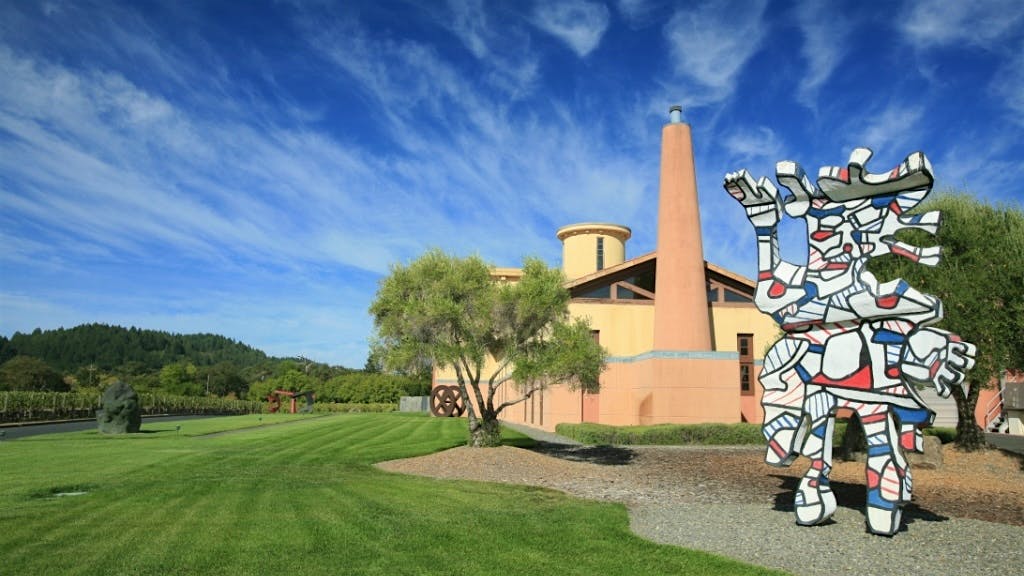Products You May Like
California winemaker Vintage Wine Estates (VWE) has filed for Chapter 11 bankruptcy and is voluntarily delisting from the Nasdaq, as the company has been unable to engineer a turnaround after months of turmoil. The Sonoma-headquartered company went public with a $600 million IPO in 2021, led by longtime chief executive Pat Roney. Its share price reached a high of $12.63 shortly after the IPO, but fell from there and was sitting at $0.11 when it filed for bankruptcy.
As of March 31, the company had about $475 million in assets and $400 million in liabilities, according to a court filing by current CEO Seth Kaufman.
A Company Built on Aggressive Expansion
Roney had built VWE with a series of acquisitions over the years. He started it in 2009, when he combined Girard Winery, a Napa Valley winery he bought in 2000, with Windsor Vineyards, a Sonoma County producer of private wine labels he and Leslie Rudd, the late founder of Rudd Estate, purchased in 2007.
Its brand portfolio grew to include more than 60 labels, including Girard Winery, Clos Pegase, Swanson Vineyards, B.R. Cohn, Viansa Sonoma, Cameron Hughes, Windsor Vineyards, Laetitia and Layer Cake, among others, with most of its wines priced in the $10 to $20 per bottle range. VWE owns and leases about 1,850 acres of vineyards and operates 11 wineries and nine tasting rooms, according to court documents. It employed more than 400 employees in 15 states. Now all are looking for new jobs.
In February, 2023, 18 months after the IPO, the company was in financial trouble, and Roney stepped aside as CEO.
Turnaround Efforts Came Up Short
The pandemic had created headwinds when the company was already overextended. And the recent slowdown in U.S. wine sales made it hard to recover. Many of the brands were on the downturn when they were acquired.
“Unanticipated challenges in integrating acquired businesses, including maintaining overlapping and/or duplicative administrative departments, resulted in unexpected costs,” Kaufman explained in the court filing. “At the same time, performance for acquired entities declined unexpectedly.”
Industry veteran Jon Moramarco took over as chief executive on an interim basis, and VWE looked to sharply cut costs and streamline the portfolio. But two months later the company said it would take an impairment charge of $130 to $145 million as performance continued to lag expectations.
In July, 2023, Shanken News Daily, a sister publication of Wine Spectator, reported exclusively that Kaufman, former Moët Hennessy North America CEO, would replace Moramarco at the helm of the company to begin turnaround efforts. VWE laid off 15 percent of its staff and divested wineries like Clos Pegase in Napa and Viansa in Sonoma, saying it would refocus on a small group of more premium-priced brands to try to restore momentum.
But with the bankruptcy filing—in which the group revealed $310 million in outstanding loans and other commitments under its credit agreement—that effort appears to be at an end. In a statement, a company spokesperson said, “Over the preceding months, the Company experienced negative financial headwinds that severely impacted its liquidity position.”
Signs of Trouble for the Wine Industry
The layoffs couldn’t come at a worse time, as the U.S. wine industry continues to face declining sales. And while stable companies are acquiring smaller brands, it’s unclear what the market may be for VWE’s assets.
